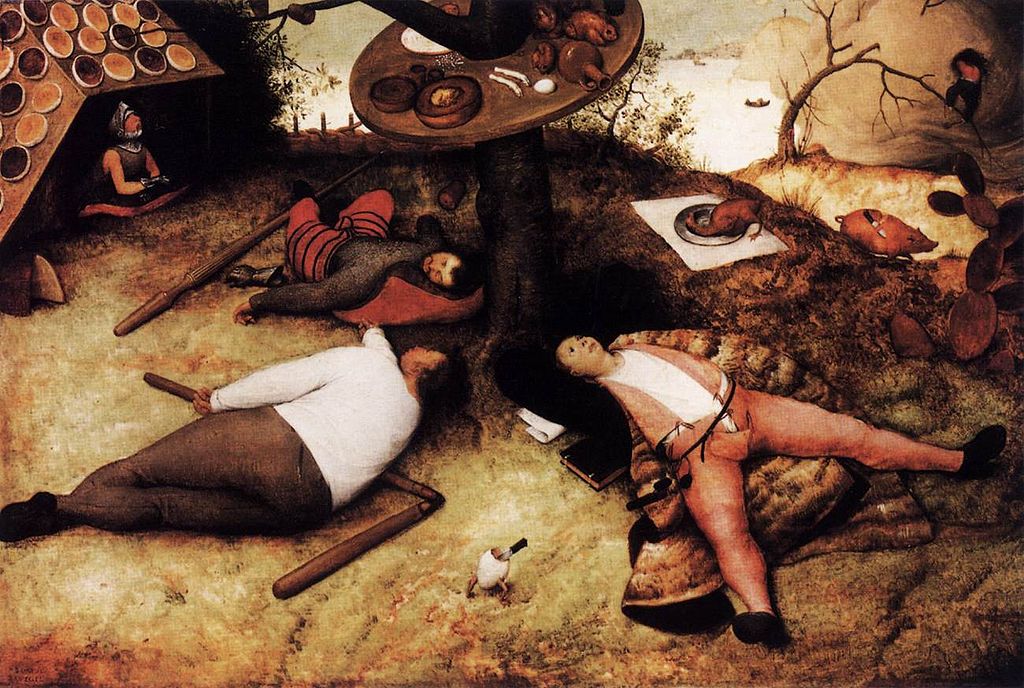Raising questions about plenty versus scarcity, sensuality and control, the excess of food in these texts and the persistent link between food cultures and childhood can be traced back to medieval folklore about magical lands of plenty, where the rivers flow with milk and honey, drumsticks hang from every tree, pancakes make delicious roof tiles and roast pigs walk around with forks in their backs. Called the Land of Cockaigne in English, tales of this magical place were prevalent throughout Europe in the middle ages.

It’s easy to see how these ideas and images have been preserved in children’s literature. In this resource, we will look at the ways in which food symbolism in children’s literature functions, tracing its origins in medieval desires for a world where no one would ever go hungry again and where the greedy could gorge to their heart’s content. Alongside this central theme, this resource also introduces and explores central ideas and debates in children’s literature criticism.
Activities
The aims of the activities are as follows:
• Activity 1: reflect critically on your own childhood reading
• Activity 2: identify food symbolism in an example from the visual arts
• Activity 3: carry out a close comparative reading of food details/scenes from sources across a broad historical range
• Activity 4: carry out a close comparative reading of food details/scenes from contemporary children's literature


